It was an uncharacteristically balmy late afternoon in early March, about 20 years ago. I had just taken extended leave from this newspaper to write a book, and given myself a few days to wander along midlands waterways to reflect on the challenges ahead.
One moment the air above the Grand Canal was clear and quiet; the next it was full of flickering brown wings and excited rasping calls. For several long minutes, wave after wave of sand martins, smaller relatives of the common swallow, pulsed past me.
These tiny feathered bundles had flown all the way across the Sahara desert, the Atlas mountains, France, and Britain to nest in Ireland. Pathetic though the fallacy may be, they seemed like a good omen for my own upcoming travels.
I was lucky; such encounters, where you can be quite certain from the time, place and numbers that you are encountering a mass of birds in full migration, usually require a bit more effort and specialist knowledge. But many people keep an eye out for their first swallow, or first cuckoo, each year, and associate then, like spring flowers, with new life and fresh hopes.
But bear in mind that most birds migrate. Your garden robin may have just arrived from continental Europe, though it looks just like the one you fed all winter.
We have picked a selection of more obvious migrants, some more familiar than others, which will arrive in increasing numbers over the next few weeks, and may enhance your sense that spring is coming.
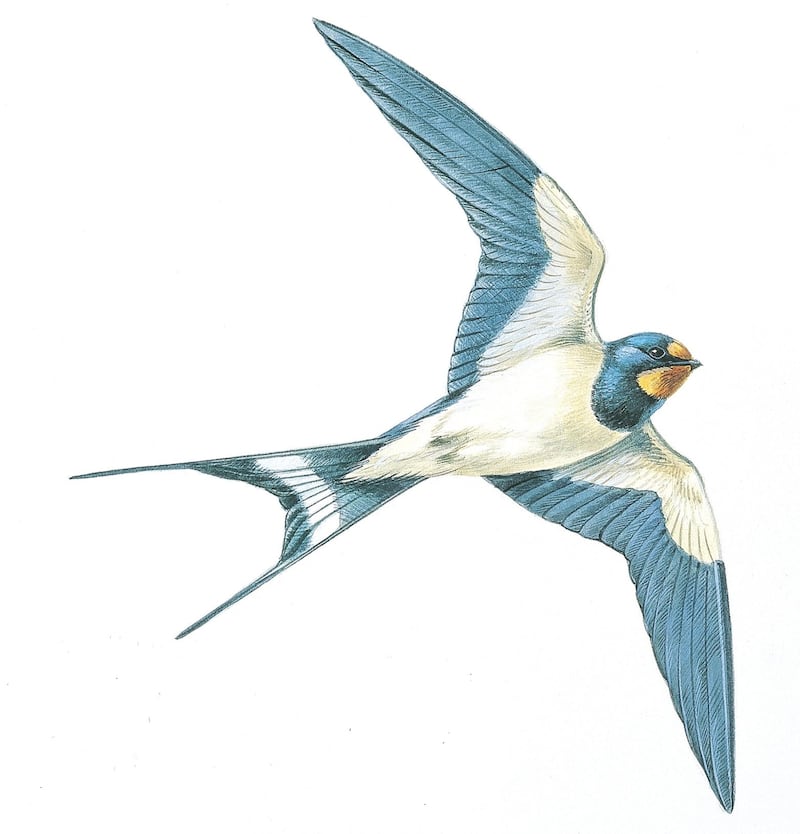
Swallow: While the Ancient Greeks knew swallows appeared in spring (and celebrated their advent on their pottery), Aristotle famously thought they had been hibernating locally, perhaps buried in mud on pond bottoms. Such beliefs persisted, even among pioneering ornithologists, up to the 19th century. Ringing proved beyond doubt that most swallows travel all the way from South Africa, and that the same pair often finds the same nest, year after year. They began to arrive here last month, and numbers will build throughout April.
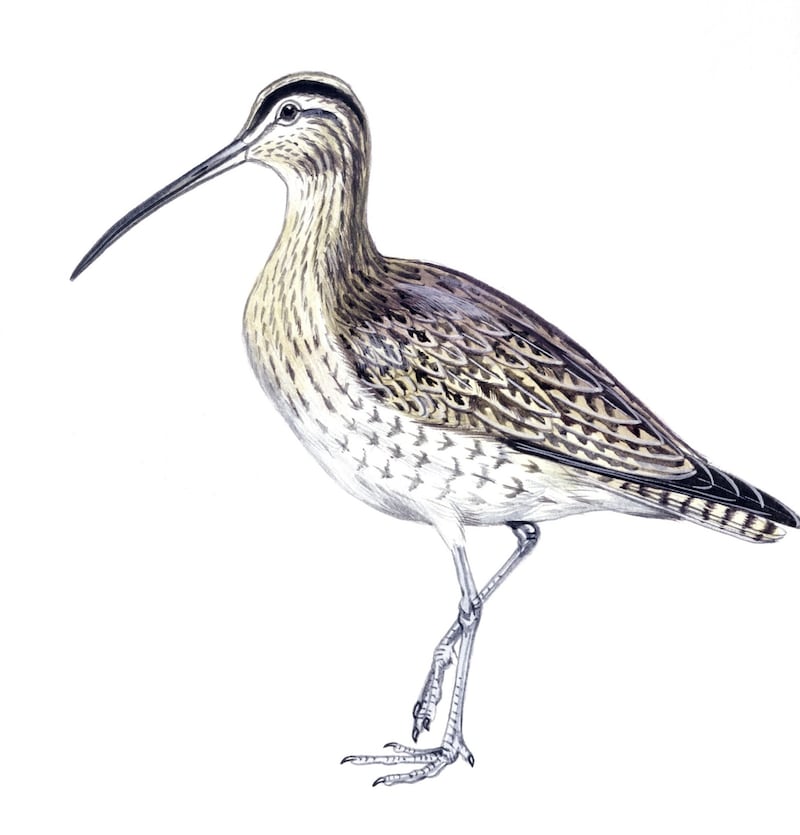
Whimbrel: Easily confused with the larger and more common curlew, the whimbrel's rapid and whistling seven-note call is nevertheless distinctive enough for it to have local names linked to the month when we are most likely to see it, 'May Fowl' or 'May Bird'. These names also indicate that it's not usually coming to stay, just passing through to breeding grounds much further north, thus technically a 'passage migrant'. Look out for groups of 4-8 on estuaries and rocky headlands. I once saw several standing on posts in Limerick City Marsh (Westfields), beside the N18.
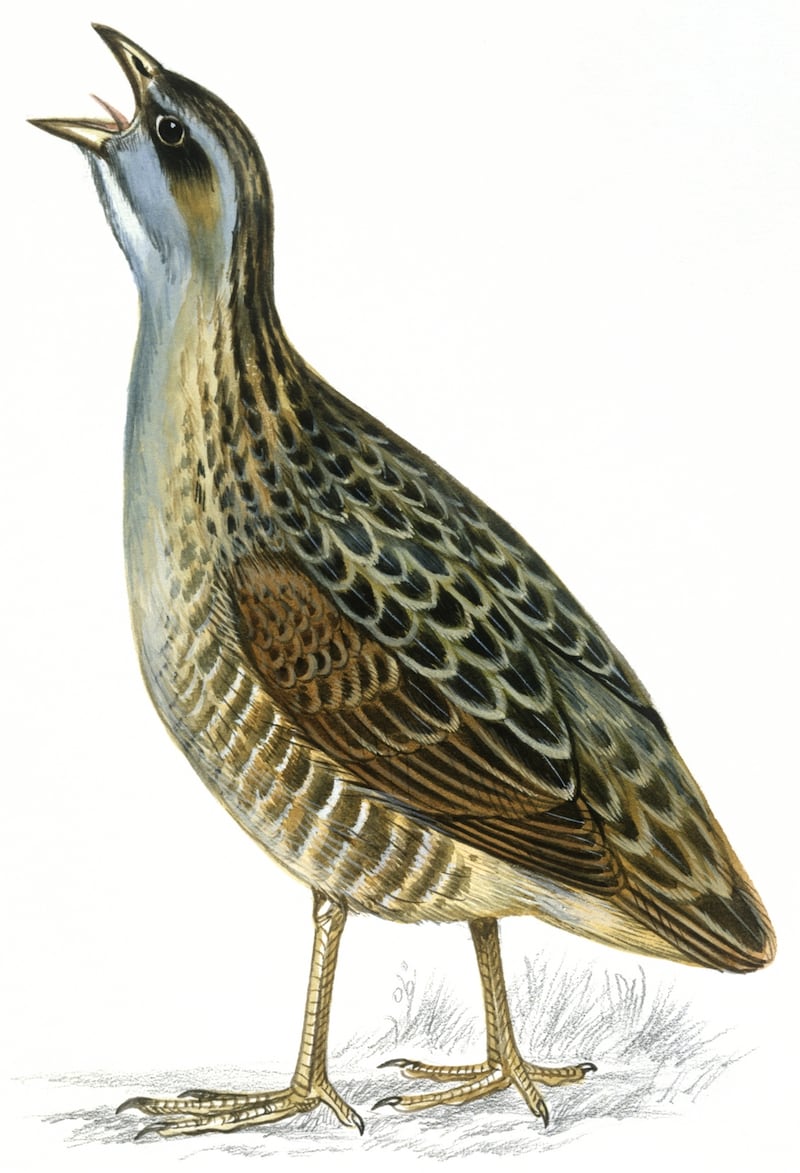
Corncrake: These dumpy, fowl-like birds love to skulk in long grass, and are very hard to see, but their harsh call was once the signature sound of Irish summer nights across the country; people even complained that it kept them awake. Its voice has been almost completely silenced by our shift to intensive, mechanised agriculture, which destroyed its habitats. A few dozen pairs still return to the north west, especially Tory Island, but it has recently vanished from another hold-out in the Shannon Callows, despite a promising agro-environmental scheme.
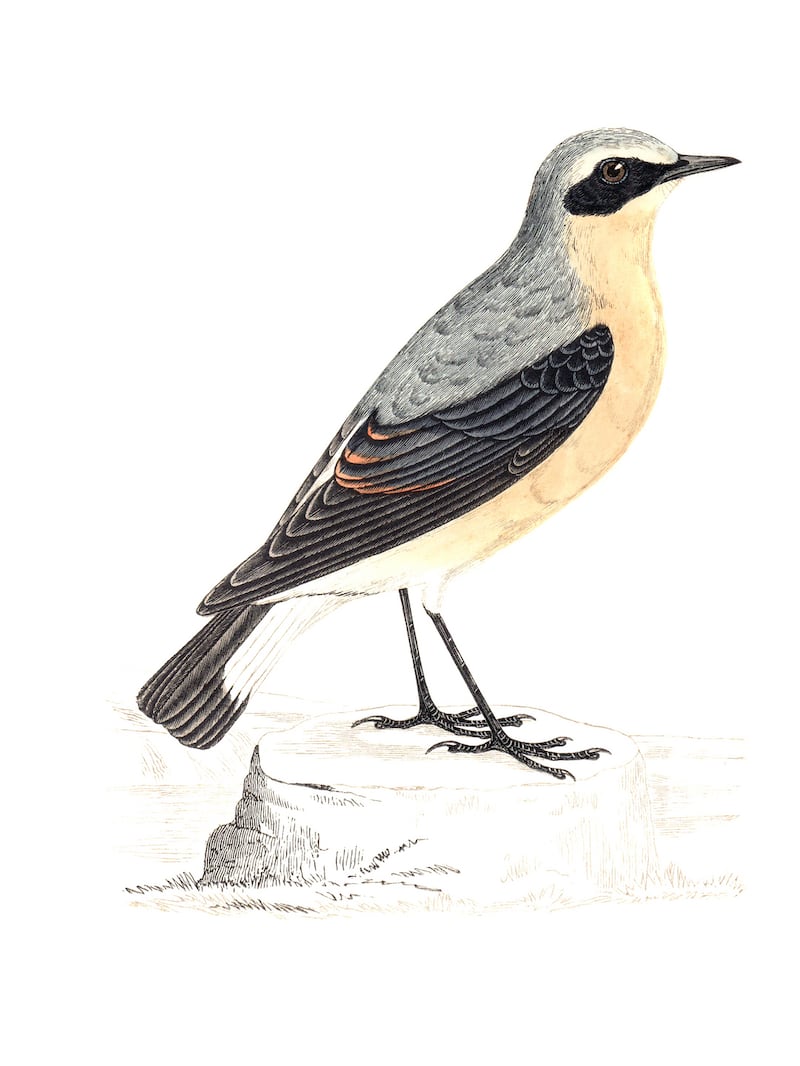
Wheatear: This is a very handsome little bird, with the male's jet black Zorro eye mask contrasting with a white eyebrow. Its name is a sanitised version of the Anglo-Saxon original, which refers not to its striking head plumage but to its equally showy white rump, hence hwit-oers, 'white-arse'. It is an early arrival, males reaching our coasts ahead of females in early March. They linger on dunes and headlands for a week or two, before moving on to upland breeding grounds this month, or possibly continuing their remarkable journey (from Africa) all the way to west Greenland.
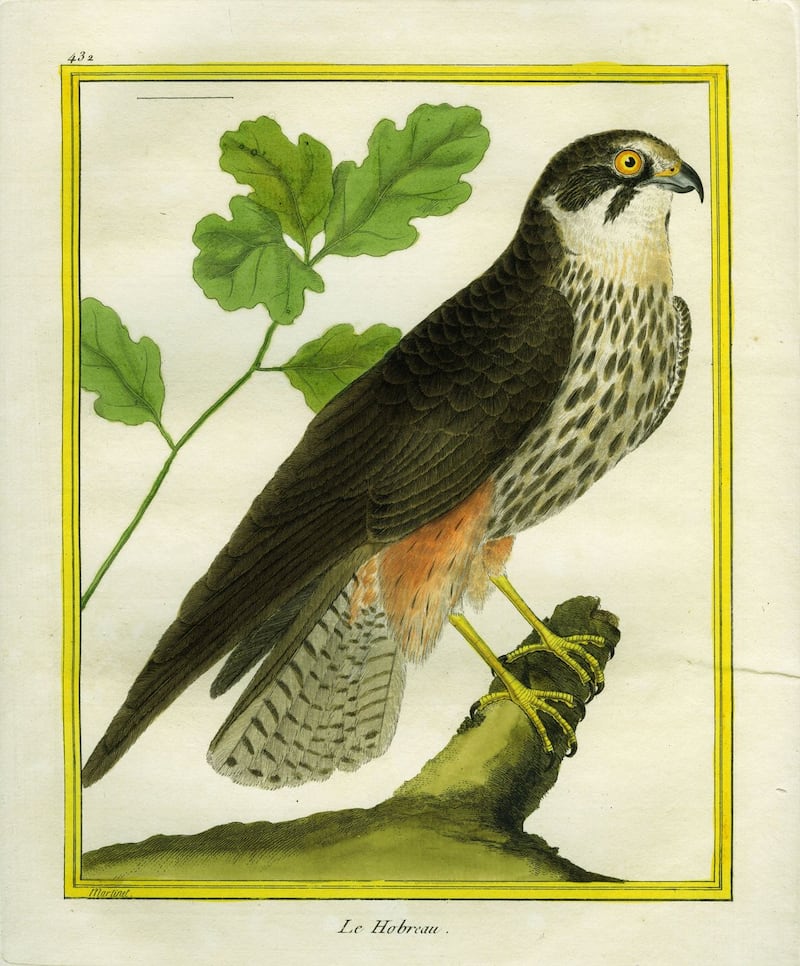
Hobby: Once a great rarity, this attractive falcon, with reddish 'trouser' feathers covering its upper legs, is now turning up more frequently, sometimes staying in one spot, Tacumshin in Wexford, for example, for days or even weeks. Its larger Irish relative, the peregrine, is the darling of falconers for its fierce and spectacular 'stoops' from great heights on large prey. But the hobby specialises in 'hawking' dragonflies, swallows and swifts at low altitudes through agile twists and turns, and eating them on the wing.
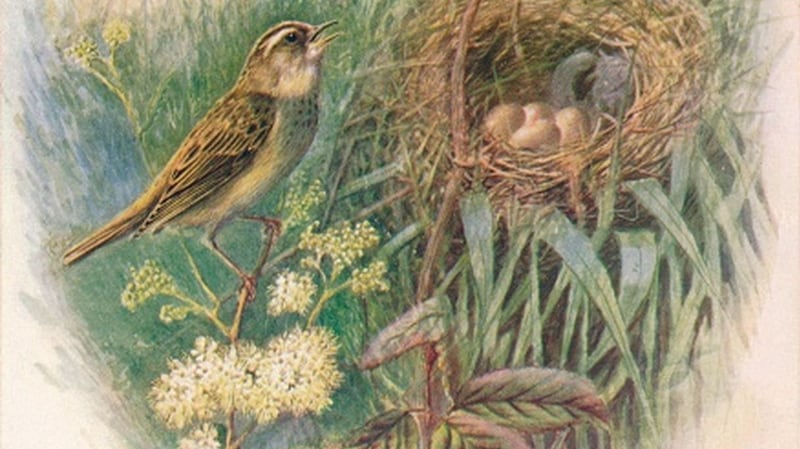
Sedge warbler: Seamus Heaney calls this little brown bird "the Irish nightingale". Its song, however, while loud, inventive and very varied, is mostly anything but melodious, as he concedes wryly in a subsequent line, "kicking up a racket all night". It sings in daytime as well, but mostly only until it pairs off in early May. Once you locate the source of its song, it's quite easy to see, swaying toward the top of a reed or a bramble, usually near water. It's quite handsome, in a restrained kind of way.

Sandwich tern: Terns, sometimes called 'sea-swallows', are evolution's much more streamlined and elegant improvement on the seagull. The sandwich tern is the largest of the five species that breed here, and the easiest to recognise. Its rakish black crest tuft contrasts with pure white body plumage, and the yellow tip on its large black bill is surprisingly conspicuous. Its harsh call carries far, and is an early coastal sound of spring in March; it builds to a crescendo as numbers increase greatly in April.
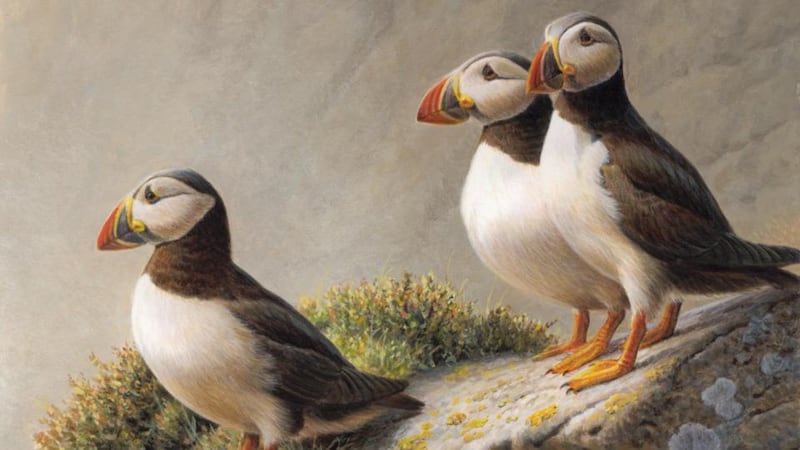
Puffin: Lucas Films tried to improve on evolution with their Porg version of this portly clown in the last Star Wars. The Porg is cute for sure, but Lucas failed. This is a bird that the most imaginative 'creature concept designer' (I kid you not) in the world couldn't make up. They are the Northern Hemisphere's charismatic equivalent of penguins. Their most striking feature is the rainbow bill, but their whirring flight is breath-taking. Found not just on the Skelligs, but also on the Cliffs of Moher, the Saltees, Ireland's Eye and other sites.
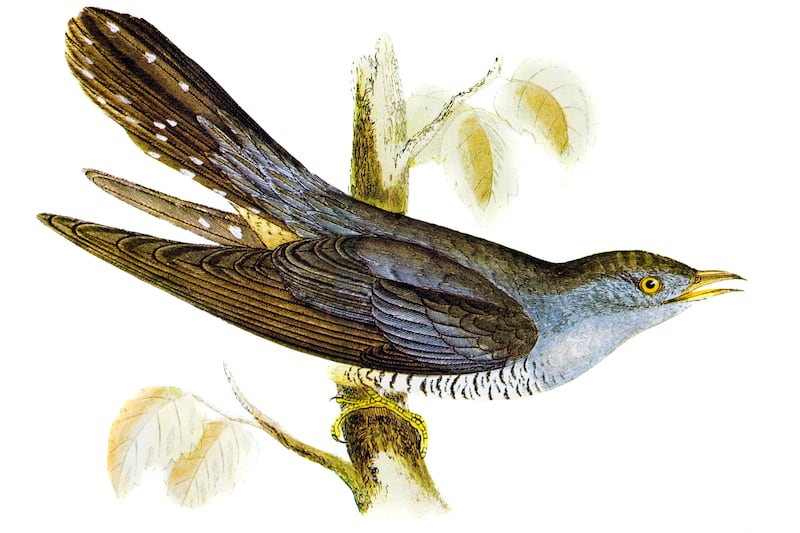
Cuckoo: It's odd that we love the cuckoo's call, but abhor its notorious refusal to parent its own young. It arrives mostly in late April and early May, so its haunting call seems really more redolent of summer than spring. But it's a short-stay migrant; no need to hang around when you can cuckold more than 20 other species into hatching and feeding your young. So it's back to Italy by early July for the adults, to enjoy the excellent food there for weeks, before a leisurely flight back to Africa.
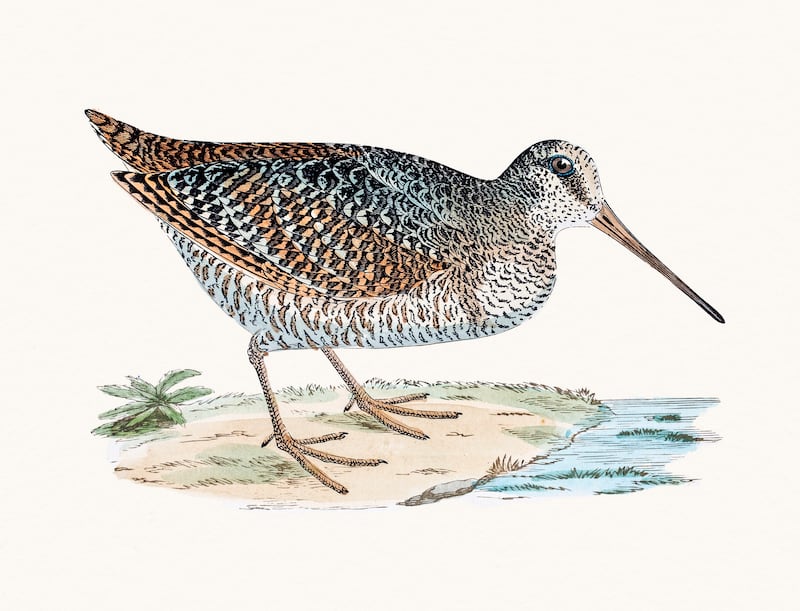
Woodcock: Yes, it's cheating slightly to include this secretive game bird among spring migrants, as our wintering woodcock generally go in the other direction, and have left for the continent by now. However, the remaining residents offer us a unique courtship spectacle, if you are lucky and patient enough to catch them at it. Stand, quiet and inconspicuous, on the edge of rural woodlands at dusk, and you may suddenly be surprised by an eerie series of high-pitched 'peents' and low-pitched croaks above your head. The impression that an outsize frog has taken flight is completed by a dim vision of the bird itself. It continues its amorous patrol on wings that seem much too small for its rotund breast and belly, and will return at regular intervals.
- To find migrant arrivals near you, check sightings on www.irishbirding.com; to submit records, register with BirdTrack, birdwatchireland.ie



















